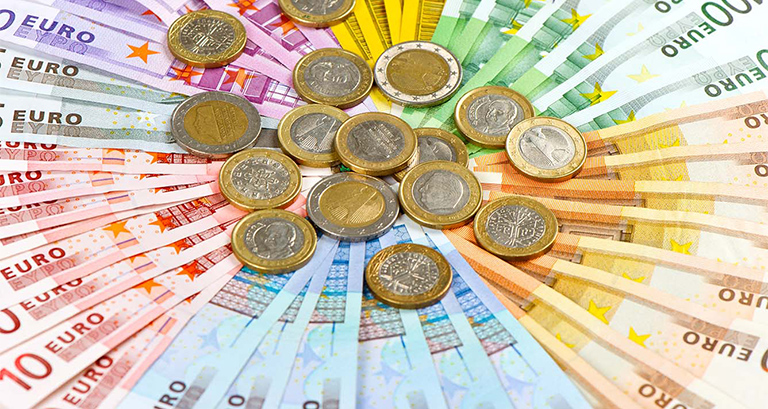The peseta was established as the basic unit of the Spanish monetary system by means of a Government Decree enacted on 19 October 1868. It was the common currency used throughout Spain for over 130 years.
The first peseta coins were minted in 1869, in the Madrid mint, which would later become the current Royal Mint of Spain (in Spanish, Fábrica Nacional de Moneda y Timbre – Real Casa de la Moneda (FNMT-RCM). The design of the newly legal currency bore a matron inspired in the Roman coins minted under Hadrian. From those first coins to the last minted pesetas in 2011, they had different values, sizes, metal allows and head and tail designs.
The first peseta banknote were printed on 1 July 1874, when the Banco de España was granted exclusive rights to print banknotes.
Spaniards have bought, sold, paid and earned in over 50 different issues of peseta banknotes. The first issuance of banknotes by the Royal Mint of Spain was that of 21 October 1940. Up to that moment, the workshops at of the Banco de España and other foreign companies had been in charge of issuing banknotes.
Banknotes and coins have been a reflection of the change of political regimes, philosophies, fashion and trends, remaining nowadays part of our history. For more information, please go to La historia de la peseta ![]() (533 KB).
(533 KB).
Exchanging pesetas for euros
On 1 January 2002 the euro banknotes and coins entered into circulation. They coexisted with the pesetas until 28 February 2002, after which the euro became the sole legal tender.
In order to make the replacement of pesetas easier, a period was established for citizens to exchange their pesetas for euros: until 30 June 2002 it was possible to exchange them both at the Banco de España and at credit institutions, and from then onwards only at the Banco de España. The deadline for exchanging pesetas for euro was 30 June 2021.

